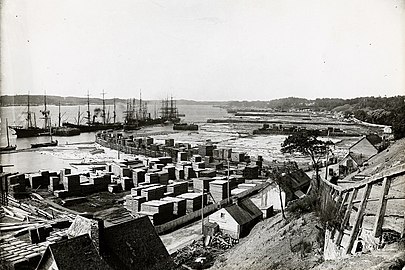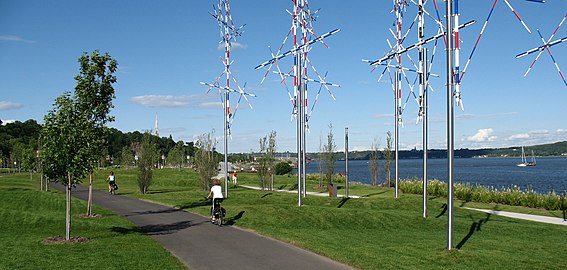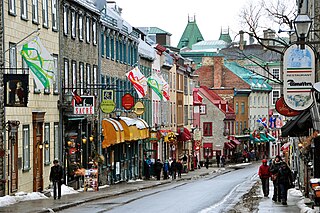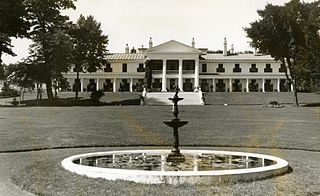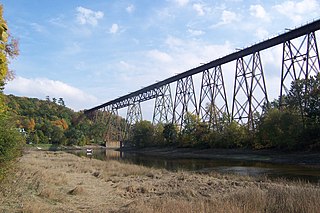- The timber trade at Sillery Cove in 1900.
- Lumberman on the banks of Sillery Cove, c. 1900
- Panoramic view of Sillery
- The eastern portion of Sillery, from an 1879 atlas
- Villa Bagatelle, a 19th century cottage, functions as an art gallery and a museum
Sillery | |
|---|---|
District (French: quartier) | |
 | |
| Etymology: Noël Brûlart de Sillery | |
| Motto: Latin: Non multa sed multum (Not many things but much) | |
| Coordinates: 46°46′25″N71°15′40″W / 46.77361110000004°N 71.26111109999994°W [1] [2] | |
| Country | |
| Province | |
| City | |
| Founded | 1637 |
| District of Sainte-Foy–Sillery | 1 January 2002 |
| District of Sainte-Foy–Sillery–Cap-Rouge | 1 November 2009 |
| Founded by |
|
| Government | |
| • Body | Conseil de quartier |
| Area | |
• Total | 755 ha (1,866 acres) |
| Elevation | 72 m (236 ft) |
| Population (2016) | |
• Total | 13,570 |
| • Density | 1,800/km2 (4,700/sq mi) |
| Demonym | Sillerois(e) [4] |
| Time zone | UTC−05:00 (EST) |
| • Summer (DST) | UTC−04:00 (EDT) |
| Postal Code FSA | |
| Area codes | 418, 581, 367 |
| Website | (in French) |
Sillery (French pronunciation: [silʁi] ), a former independent city founded in 1637, is one of 35 administrative sectors (French : quartiers), which are unincorporated places, located in the post-expansion jurisdiction of the City of Quebec, Quebec, Canada. [5] [6] [7] Sillery was one of multiple self-governing municipalities amalgamated into a vastly expanded Quebec City, that went into legal effect on January 1, 2002, as part of the province-wide 2000–06 municipal reorganization in Quebec. Located alongside in what pre-merger was the southwestern border of Quebec City, Sillery is a constituent district (French : quartier) of the borough (French : arrondissement) of Sainte-Foy–Sillery–Cap-Rouge. The territorially expanded City of Quebec consists of six boroughs.
Contents
- History
- Profile
- 2006 Census data
- 2016 Sociodemographic and economic profile
- Gallery
- See also
- External links
- References
Four heritage sites are located within Quebec City, one of which is situated in Sillery. [7] The neighbourhood of Sillery contains the Sillery Heritage Site, which was recognized as heritage district by the provincial government on 5 February 1964. [8] On 22 June 2006, the federal government's Parks Canada included Sillery's historic district on its Canadian Register of Historic Places. [9] In 2013, Quebec City changed the name of the historic district to Sillery Heritage Site (French : site patrimonial de Sillery), as part of its preparation for the provincial government's transfer of responsibility for the district's management to it. [8]
The City of Quebec has 27 neighbourhood councils (French : conseils de quartiers) spread across its territorial jurisdiction. [10] Sillery has city representation and citizen participation through le conseil de quartier de Sillery. The council has public meetings, at Sillery's community centre, which on average are scheduled once a month. Sillery elects a total of 10 board members in staggered terms of office holding. [11]




